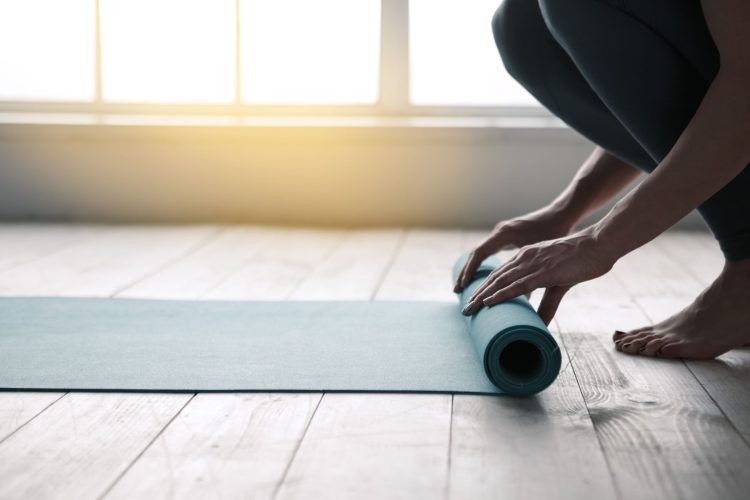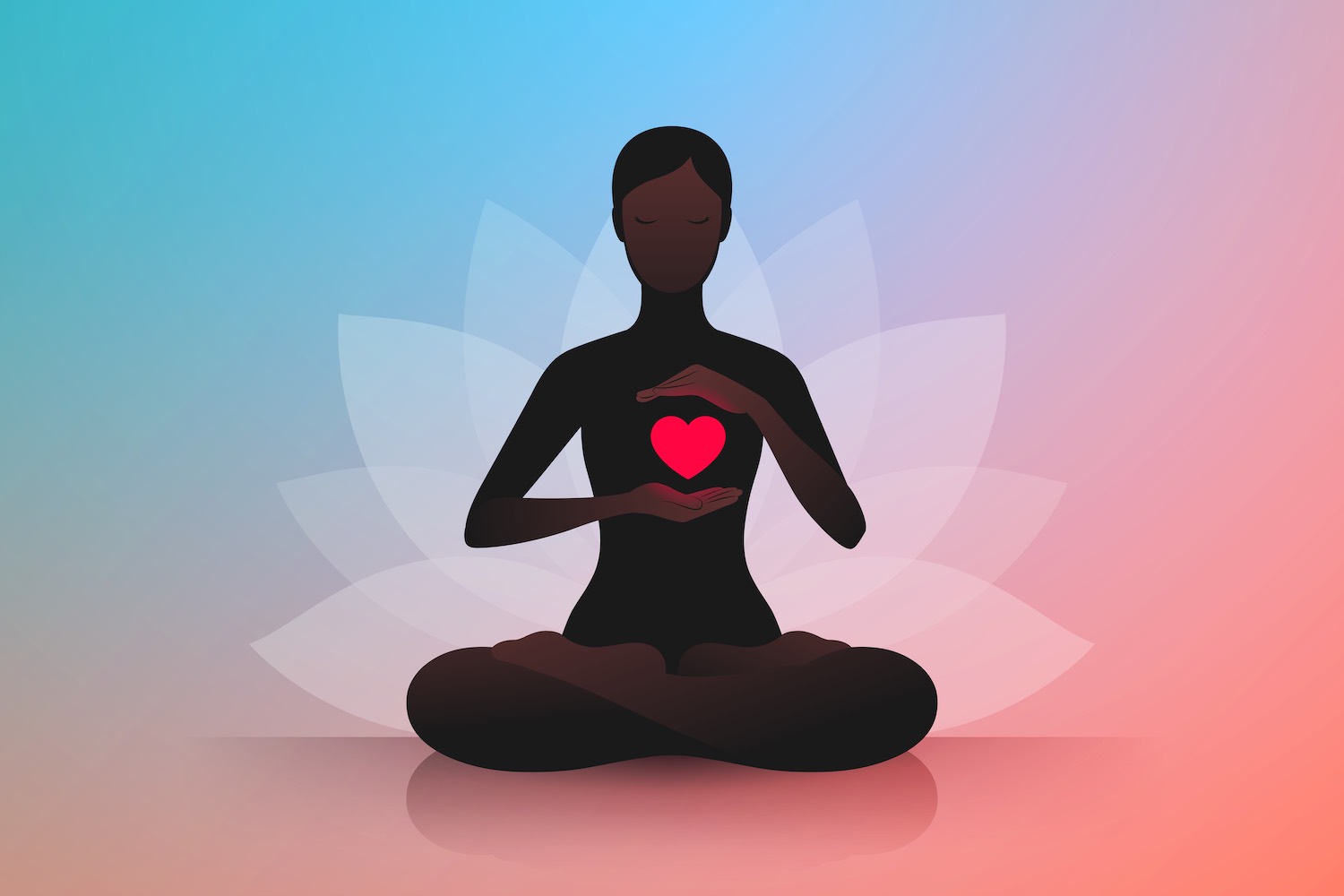Ah, the joys of yoga class. An opportunity to deepen your breath, get stronger, unwind from a stressful day, and feel connected. When you first begin, yoga can feel like a visit to a strange new world. There’s so much to learn: posture names, alignment, breathing practices, Sanskrit terminology, chanting, and philosophy. It’s a lot.
Despite your unfamiliarity with all of these new concepts, you suit up, unroll your mat, and dive into the practice. Maybe you immediately fall in love with yoga, or perhaps it takes you a few tries before it finally sticks. Regardless of how you got here, there have likely been times that a teacher used language that everyone in the room seems to understand, but you’re left feeling lost. Or, an instruction was given that was so vague that you find yourself wondering, “What exactly is this instructor asking me to do?”
I feel your pain. I recall being a newbie to yoga and being 100 percent confused. Even the most seasoned practitioners and teachers have felt left in the dark at some point in their yoga careers. Last month, I asked the beloved Breathe Together Yoga teaching staff to tell me about the phrases that most confused them as they began their yoga practices.
Here’s a listicle of the top seven instructions that made us scratch our heads:
- “Take a vinyasa.” A vinyasa is a series of yoga postures strung together with breath. It’s used as a transition. The postures found in a vinyasa are: low plank pose, upward-facing dog or cobra pose, and downward-facing dog. If you are new to yoga, it’s a good idea to take several beginner classes to familiarize yourself with these poses, as they will be repeated many times in most flow-based practices.
- “Use your bandhas.” The word bandha is a Sanskrit term that means “to lock.” As they relate to yoga practice, bandhas are energetic locks (or muscular contractions) that create more internal stability in the body. The three main energy locks are:
- Mula Bandha, which means “root lock” and is often cued as “lifting the pelvic floor.” Physiologically, this refers to the triangular-shaped hammock of muscles that spans the space between the pubic bone, sitting bones, and tailbone. To engage these muscles, pretend that you are trying to muscularly pull your genitals upwards into your belly. Feel that? That’s the lift of your pelvic floor and the crux of understanding Mula Bandha.
- Uddiyana Bandha, which means “flying upward lock.” Physiologically, this refers to creating a vacuum in the abdomen, pulling the muscles of the abdominal wall back toward the front of the spine, and upward toward the heart. To engage these muscles, exhale entirely until all of the breath is out of the body. Once you are empty of breath, suck the belly in and up.
- Jalandhara Bandha, which means “throat lock.” Physiologically, it’s the constricting of the throat muscles that naturally occurs as you tuck your chin downward toward the notch in your chest. To engage this lock, start by breathing through your nose. Then, reach your head forward and down until your chin is angled toward the chest. As you do so, you’ll notice your throat beginning to constrict – the breath starts to take on a deep, whisper-like sound.
- “Breathe into the back of your body.” You know how,when you breathe, you can feel the front of your rib cage expanding? Breathing into the back body means to direct your breath to the backside of the torso so that you can feel the back of the rib cage also expanding.
- “Drishti“ in Sanskrit means “sight.” Concerning the yoga practice, it refers to where your eye gaze is placed in a given yoga posture. For instance, when attempting to do a handstand at the wall, the eyes gaze forward toward your fingers. The drishti often helps create proper alignment in a posture. In handstand, setting the drishti toward your hands is helpful for getting the pelvis over the shoulders as you kick your legs up.
- “Hug your muscles to your bones.” This is a fancy way of saying engage your muscles; for instance, squeezing or flexing the thigh muscles when standing tall in mountain pose. In movement mechanics, this is called an isometric contraction: holding a muscle strong while maintaining a fixed position.
- “Find the midline.” Imagine a line that runs straight through the center of your body, beginning at the bottom of your pelvis (think, pelvic floor) and extending up through the crown of your head. That is your midline. Think of the midline as your energetic center, like a plumb line.
- “Feel/find your S.I.T. bones.” The S.I.T. (an acronym for the anatomical term sacral ischial tuberosities) bones don’t require finding, as they are part of your body and are always with you. They are located on the bottom of your pelvis, and can best be felt when sitting down on a hard surface.
This is by no means an exhaustive list. The best way to sleuth out the meaning to an instruction that you find vague and confusing is to ask your instructor. Teachers (especially those at Breathe Together Yoga) are happy to answer any questions that you may have. And, by asking us, we have the opportunity to rethink our use of language and improve our teaching. It’s a win-win!














